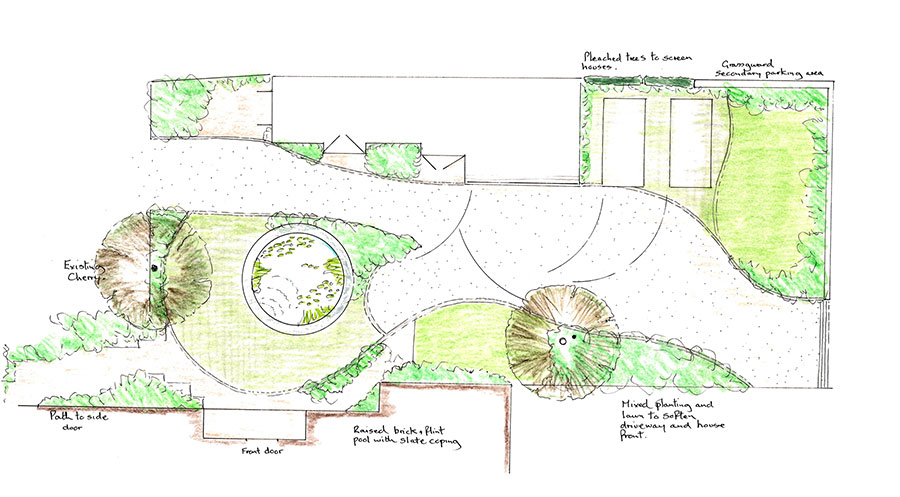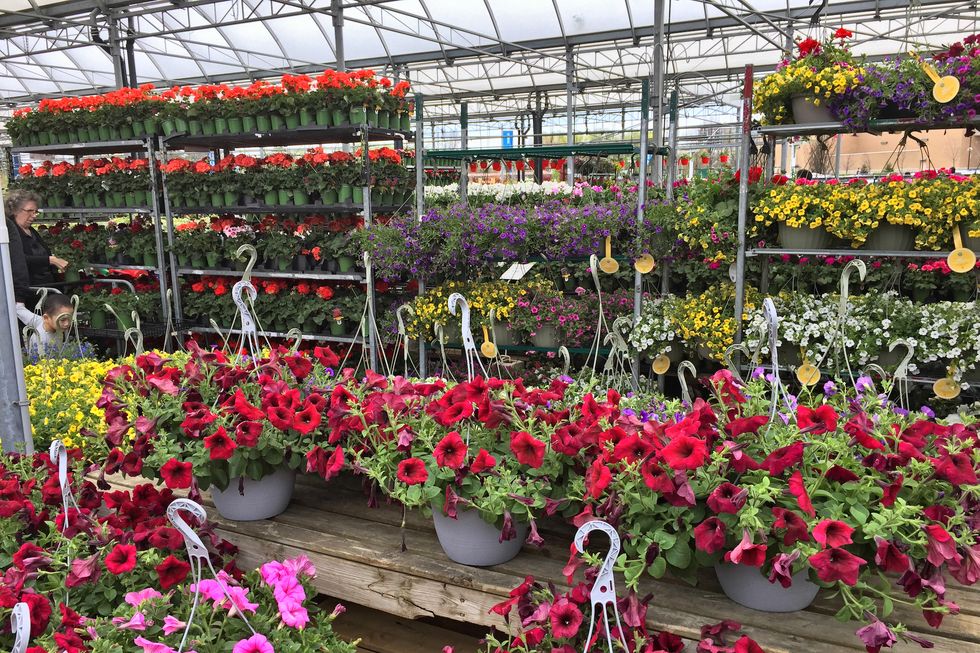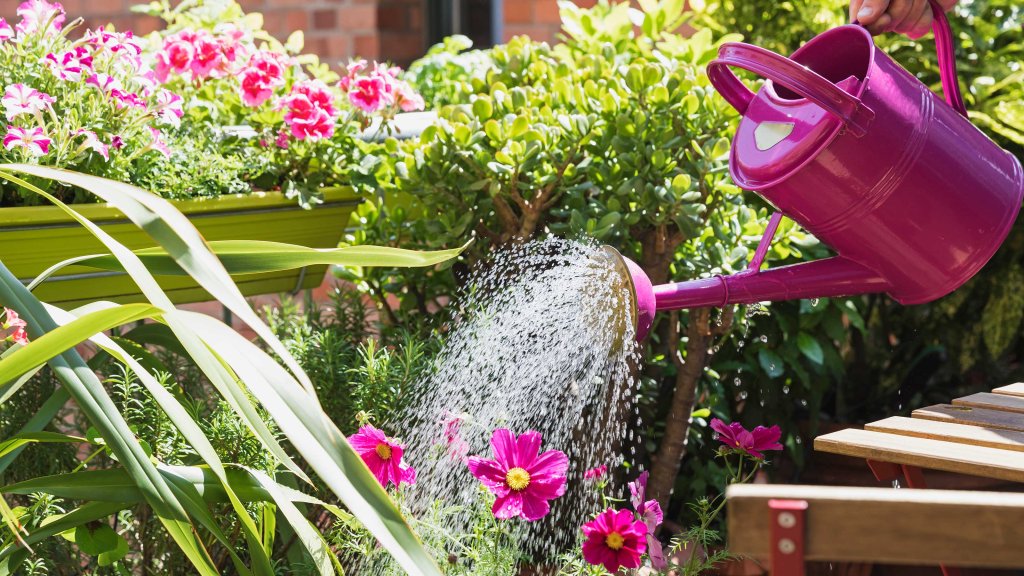Creating flower beds around trees is a nice way to make your yard look better. Trees are tall and make a good backdrop for pretty flowers.
This guide will help you learn how to create and care for these flower beds. These flower beds look nice and help your garden stay healthy.
You can make your trees and flowers work together by picking the right plants and doing things right.
We’ll discuss choosing the right plants, understanding your trees, and dealing with root and shade issues.
Whether new to gardening, you will know how to make your tree bases colorful and alive.
Let’s learn about flower beds around trees.
1. Selecting the Right Trees

Besides picking the right tree type, consider how the tree’s roots behave. You don’t want aggressive roots competing with your flower bed for water and nutrients.
Ensure the tree looks good with your flower bed and won’t harm it. Also, consider how big the tree will get when fully grown.
Some trees can get big and cast too much shade on your flower bed, harming your plants. So, learn about how your chosen tree grows and plan your flower bed layout accordingly.
2. Planning and Designing
Next, pick the right plants for your tree flower bed. Choose plants that work well with the tree’s sunlight. Some like lots of sun, while others prefer shade.
Local plants are a good choice because they adapt easily to your area and need less care. You can also add a layer of mulch to keep the soil moist and stop weeds from growing.
This helps the plants stay healthy and makes the flower bed look better. But be careful not to pile mulch against the tree’s trunk, or it might get sick.
3. Preparing the Soil
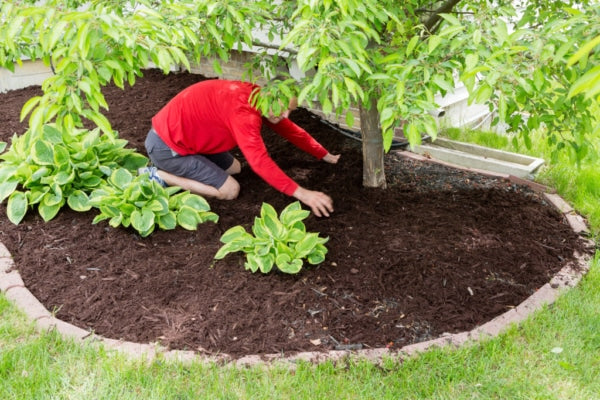
To make your flower bed healthier and more lively. It’s important to pick the right plants that match your local weather and area.
Choosing native plants is smart because they’re used to the local conditions and need less care. When you plant your flowers, space them out properly to avoid being too close together.
This can cause them to fight for resources and grow poorly. Also, remember to use mulch, which helps keep the soil moist, stops weeds from growing, and controls the soil temperature.
4. Plant Selection and Placement
Selecting the right plants is crucial for your flower beds to flourish. Using a guide to flowering trees with pictures can guide you in choosing the right plants.
Shade-tolerant flowers that complement your tree selections. Since trees often provide shade, choose flowers and plants that can handle shade.
Hostas, ferns, and impatiens work well in shady spots. When you arrange the plants, put the tall ones near the tree trunk and gradually use shorter plants as you move outward. This way, sunlight spreads evenly, and your garden looks nice.
5. Mulching and Weed Control
Besides protecting your garden, mulching also helps your garden stay healthy and look nice. Putting mulch on your flower beds saves water and stops the dirt from washing away.
This is important if you live in a place with lots of rain or strong winds. This mulch acts like a shield, protecting your flowers and shrubs from bad weather.
Mulch slowly breaks down and adds good things to the dirt, like plant food and tiny helpers that improve the dirt. As it breaks down, it makes your garden smell earthy, which adds to the nice feeling of your garden.
6. Watering and Maintenance
Keeping your flower beds healthy depends on proper watering. Trees, especially, can drink a lot of water. So, it’s important to watch the soil’s wetness closely.
To help roots grow strong, water deeply but not too often. Regular care is important. This means taking away old flowers, trimming, and adding plant food.
These actions are needed to keep your flower beds lively and colorful all season. Healthy flowers make your space look nice and help local nature by bringing in pollinators like bees and butterflies.
So, look after your flower beds, and you’ll have a growing garden.
7. Enhancing Aesthetics
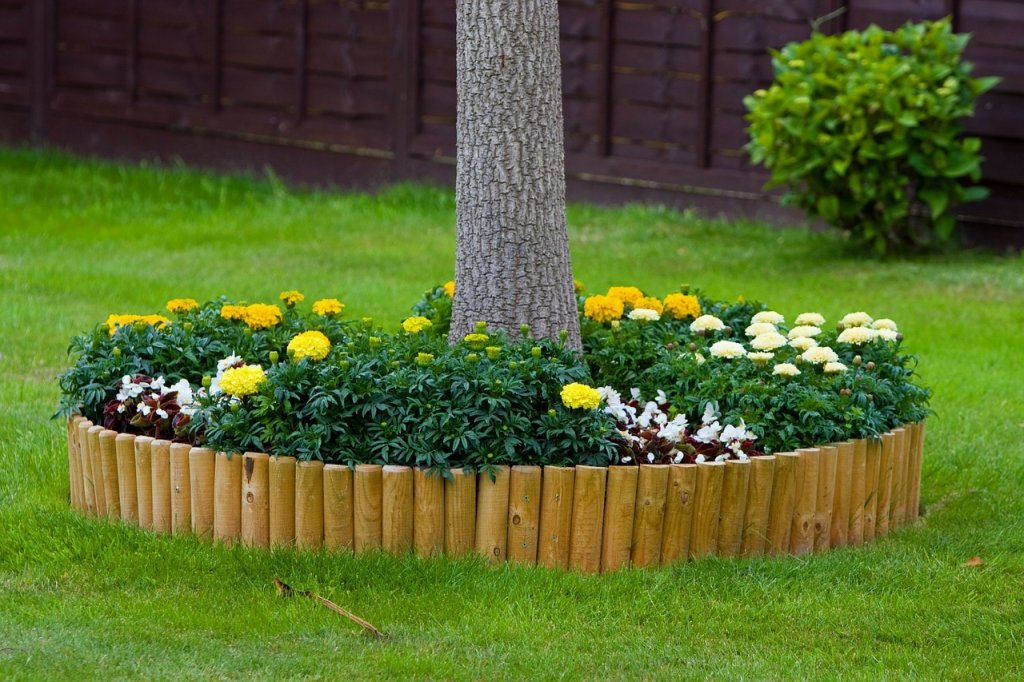
Consider adding some decorations to make your flower beds look more attractive. You can use decorative rocks, garden decorations, or colorful edging to give your garden personality.
Change the types of plants with the seasons to keep your garden interesting and colorful. And don’t forget to keep everything organic.
8. Environmental Considerations

In today’s world, sustainability is important. When making flower beds around trees, use eco-friendly methods.
Plant native flowers to help local wildlife, use less water, and avoid harmful chemicals. This way, you allow your garden and the environment to stay healthy.
Conclusion
Making flower beds around trees is simple and fun. First, pick a good spot around your tree where it gets enough sunlight.
Then, clear out any weeds or grass. Next, dig a hole for your flowers. Make sure it’s deep enough for the roots to grow comfortably.
After that, choose your favorite flowers or plants. Make sure they like the same kind of sunlight your tree gets.
Plant them in the hole and cover the roots with soil. Water them regularly so they stay healthy and happy.
So go ahead and give it a try; your garden will thank you.


